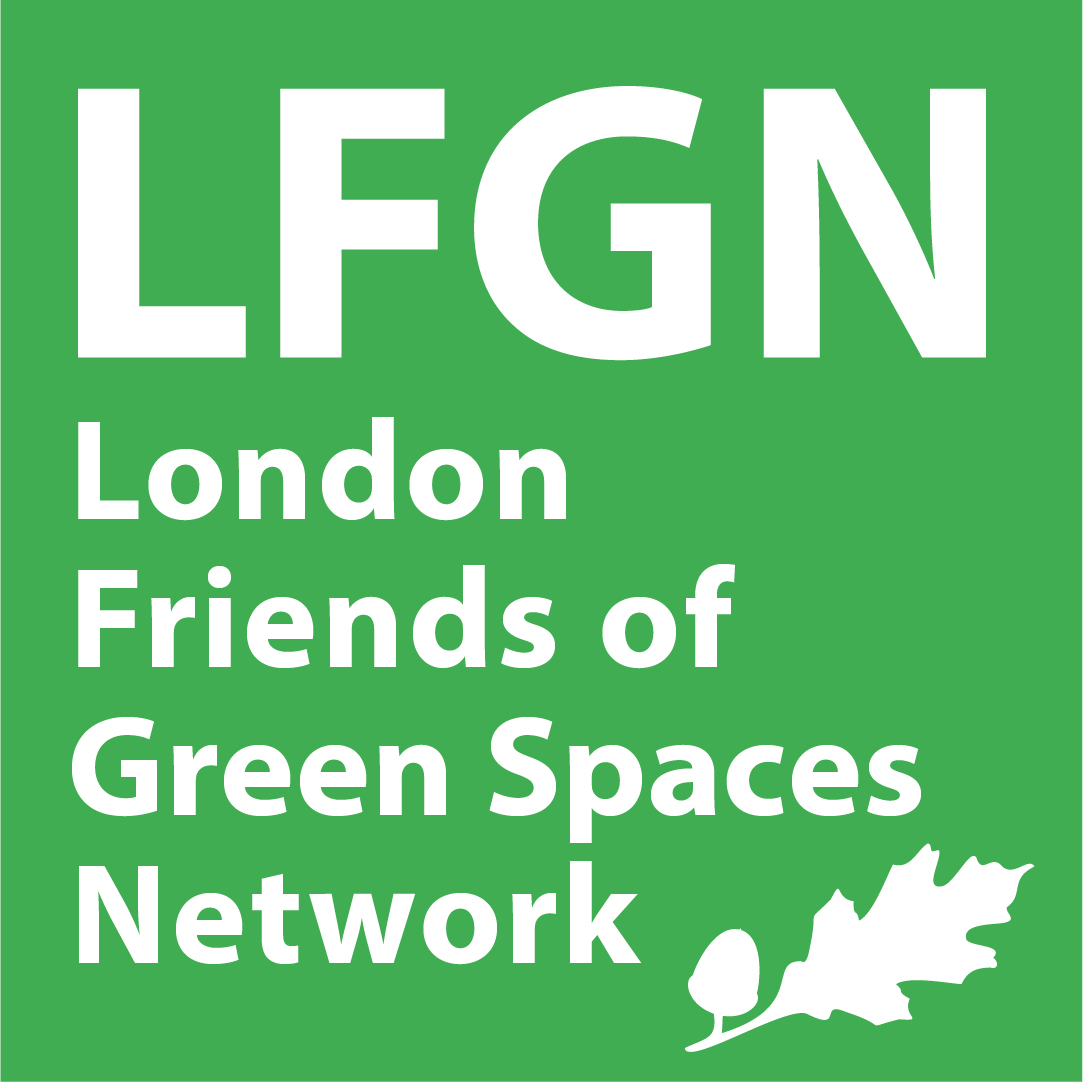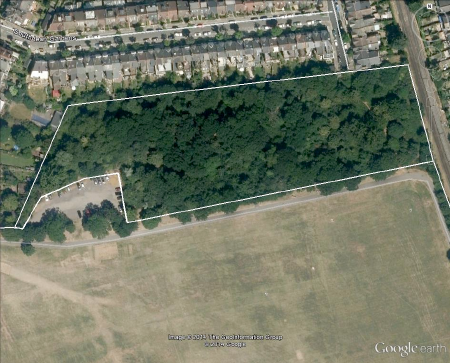The Friends of Wimbledon Park have come together to help restore Horse Close Wood in Wimbledon Park. 100 volunteers turned up on a cold wet February weekend to help plant 1,000 trees to mark the 300th anniversary of Capability Brown. The tree saplings are all native species.
The new trees will extend the wood, screen the Wimbledon Park Road car park from view and provide a valuable habitat for wildlife, including the song thrushes that can often be heard singing in the wood.
Horse Close Wood
At least 300 years old, Horse Close Wood was probably planted in the 1600s. It is first recorded in a plan of around 1740 and was designed by Capability Brown in the 1760s. The wood has suffered over the years due to the impact of man and Dutch Elm Disease.
The woodland canopy is made up very largely of Pedunculate Oak, Ash and suckering English Elm, with a very few canopy trees of Sycamore, Horse Chestnut, Crack Willow, Hybrid Poplars, Wild Cherry, Norway Maple, Apple, Sweet Chestnut and Lime. Many of the trees are clad in climbing Ivy.
Beneath the canopy, there is much Bramble, Hawthorn and Elder, with some Blackthorn, Field Maple, Holly, Bay and Evergreen Oak. There is just one Hybrid Hawthorn and one old Hazel. Also present on the wood’s floor is Dog’s Mercury.
Supporting wildlife
A number of animals have been seen in the wood including the Brown Long-eared bat, Great Tit, Blue Tit, Great Spotted Woodpecker, Green Woodpecker, Starling, Ring-necked Parakeet and Stock Dove.
Project funding
The trees were bought with £3,000 from the London Tree and Woodland Community Grant Scheme.
The Friends of Wimbledon Park
The Friends of Wimbledon Park work to protect and improve the park with activities including a monthly littler pick. Find out more here.



